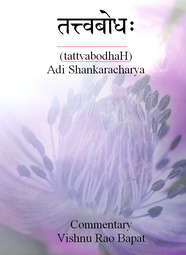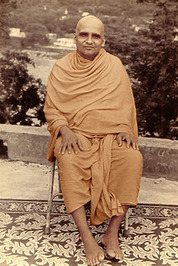Q. If you have the time (and inclination) I would really love to get some clarification on exactly what you mean when you write “There is still a personal self after enlightenment; it is just that it is now known not to be who I really am; it is simply a ‘reflection’ in the mind.”
As stated I would tend to label what you seem to be calling “enlightenment” as a transpersonal perspective, not a transcendent one. But as I said earlier, words are terribly slippery and do not necessarily covey the same meaning to the recipient as they do to the sender.
For example I absolutely know (and it is far more than simply an intellectual “knowing”) that I am not “Cate” – my personal identity, name, desires, dreams, experiences, thoughts and opinions. And yet I would hardly call myself enlightened.
My experience (and what a joke it is to phrase it like that since it is not “my” experience at all. But that’s the most convenient grammatical way to put it) is that the bliss of union arrives with the absence of “me” altogether. Oneness arrives with “my” departure. There have been hours and days and even weeks when the perspective of any sense of the personal self has disappeared altogether. The personal memories of Cate were there and available for use, as was the personality, but there was no shred of what I would call a “personal self” remaining.
A (Dennis): I wouldn’t have thought to put it like that but yes, enlightenment IS a ‘transpersonal perspective’ as opposed to transcendent. There is already only Consciousness, and you are that ALREADY. How could you be anything else? (There is nothing else.) So the problem of the unenlightened person is that they do not know this. To ‘become enlightened’ is to realize the truth of this. This is to realize that who-you-really-are is not the person or the mind. But this does not negate the appearance of body and mind.
So, if you ‘absolutely know this’, then you are enlightened. Denying that is simply giving in to mental habits of humility or whatever. (Of course, I don’t suggest that you go around claiming to be enlightened; this is not the sort of statement that is appreciated by most people!)
Experiences of bliss etc have nothing to do with enlightenment.


